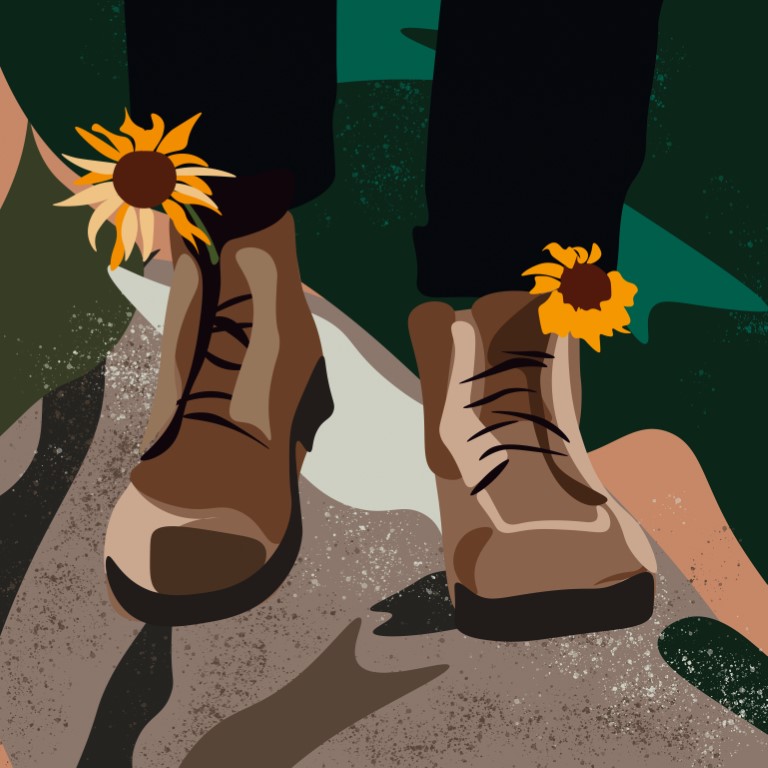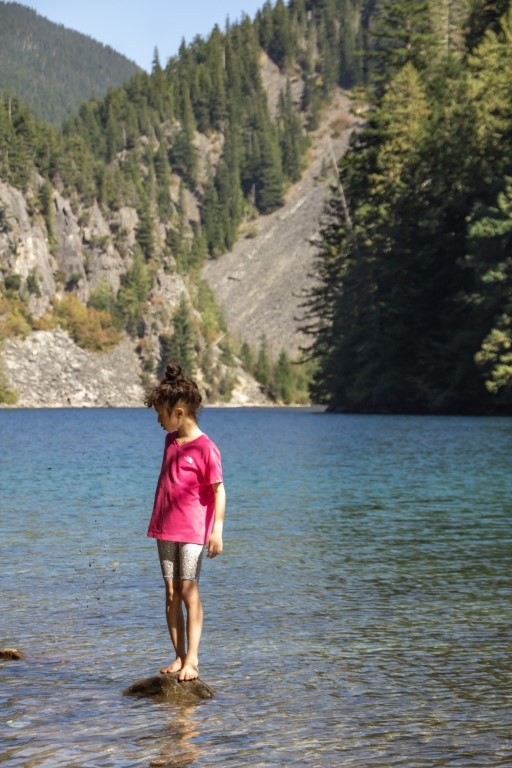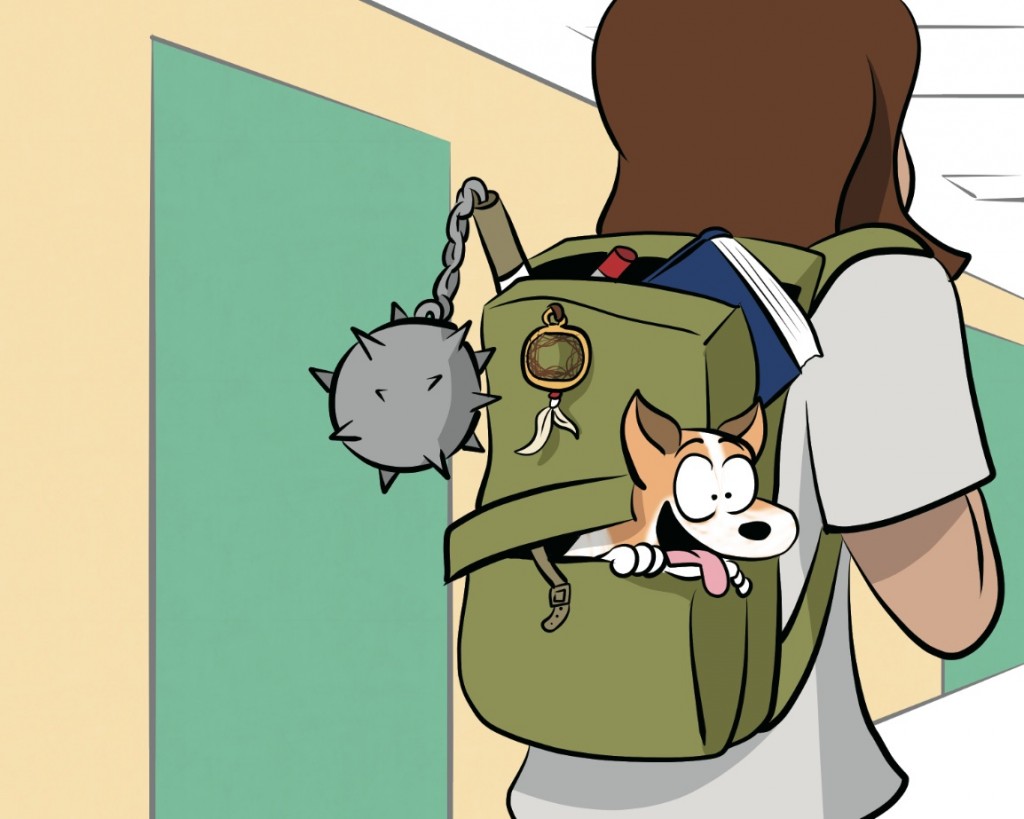
How to be in the now when you are not
By Brandon Yip, Senior Columnist
The year 2020 has been unlike any other year in recent memory. The pandemic has been difficult for many people who have lost their jobs and have been staying at home. Some schools have reopened recently with trepidation from parents regarding the safety of their children—whether putting them back into classrooms is the best idea as opposed to other alternatives like online learning.
These are extremely stressful times—but one self-practicing technique, called mindfulness, appears to be helping people cope better during the pandemic. It is not difficult to do, but the challenge is maintaining it consistently in your daily routine.
According to an August 2020 Psychology Today article, the definition of mindfulness refers to the process of trying to be in the present moment without any judgment. The article provides five strategies to practice mindfulness effectively. The first one is meditation, where a person sits quietly in a room while allowing thoughts to enter and leave without judgment. The second one is body sensations (itch in your body while letting it pass). The third is sensory (focus on smells, sounds, sights, touches, and tastes), noticing all of the senses, but letting them pass. The next strategy is emotions, which entails experiencing the emotion that you are feeling, whether it be anger, sadness, or joy. Do not fight these emotions, but instead accept them and let them pass. Lastly, the fifth strategy is urge surfing, which is coping with cravings (for addictive substances or behaviours) or sensing severe pain. The key point in urge surfing is to alter the thought process by substituting the want or need of the craving to go away and instead reframing your thoughts by having the certain knowledge that these uncomfortable feelings will eventually pass.

There is evidence that mindfulness can help people with high levels of stress, especially during the current pandemic. A study about mindfulness practices on a group of adolescents conducted by researchers at Colorado State University revealed that these techniques and exercises helped teenagers cope better with the stressors caused by COVID-19. The Colorado research team summarized its findings in their conclusion: “Overall, these initial findings suggest that by helping teenagers to cultivate and practice mindfulness they may feel more capable of coping with the impacts of COVID-19, as well as other chronic stressors.”
Furthermore, at the Schmidt College of Medicine at Florida Atlantic University (FAU), collaborators and researchers published a paper recently in the scientific journal Medical Hypotheses. The article studied whether there was a direct correlation between mindfulness and paced breathing in lowering blood pressure. Suzanne LeBlang, M.D., corresponding author, and affiliate associate professor in FAU’s Schmidt College of Medicine provides her reasoning: “One of the most plausible mechanisms is that paced breathing stimulates the vagus nerve and parasympathetic nervous system, which reduce stress chemicals in the brain and increase vascular relaxation that may lead to lowering of blood pressure.”
For myself, I try to incorporate mindfulness into my daily life. It is a challenge because I find myself easily distracted at times. I tend to lose focus and have to start all over again. However, I am learning that mindfulness, like riding a bike, takes time and lots of practice in order to improve and utilize it effectively.
These may difficult times for many people, but mindfulness can be beneficial in coping with the stress that has been caused by the pandemic. Also, there are helpful good apps to use such as Headspace and Calm, which have good information, strategies, and exercises that incorporate mindfulness.
If you are like me and have difficulty practicing mindfulness consistently, don’t beat yourself up. It is ok to regress and have to start over and try again. Rome was not built in a day. A quote from Thích Nhất Hạnh, a Buddhist monk, author, and mindfulness teacher, perfectly summarizes why learning to be present when practicing mindfulness is so important: “Live the actual moment. Only this actual moment is life.”


